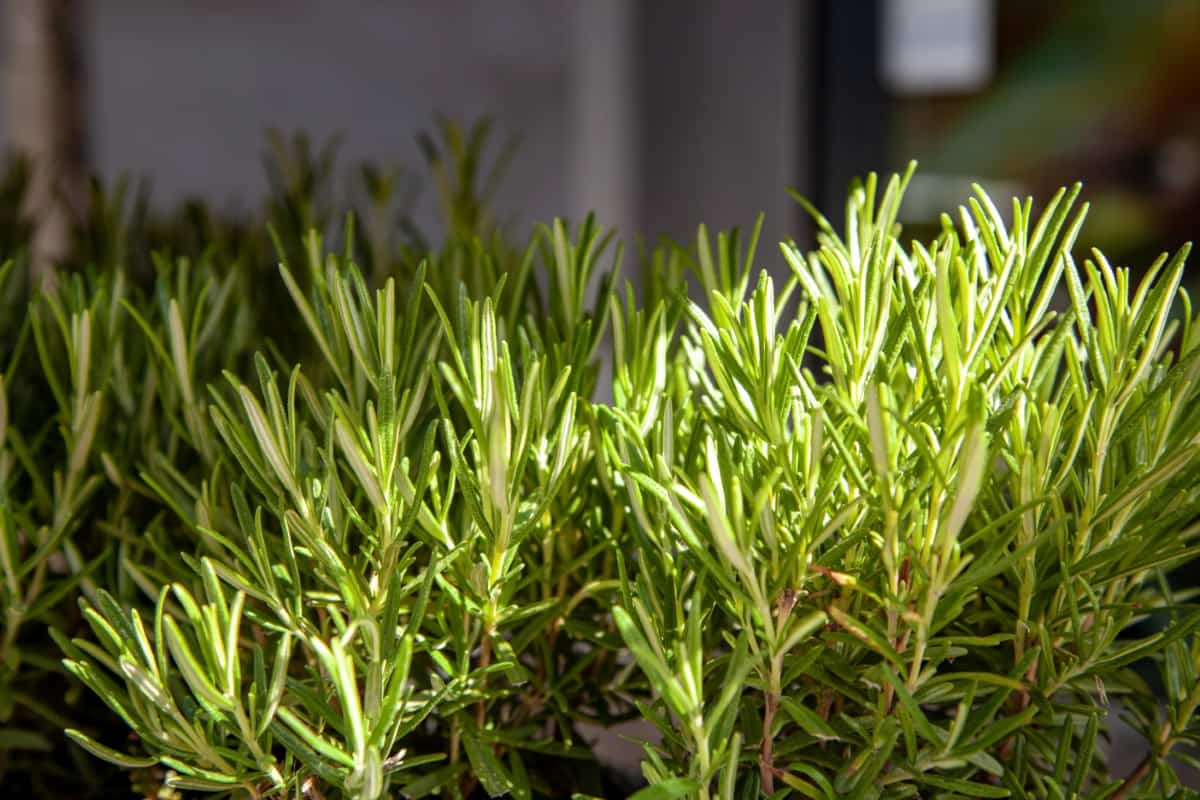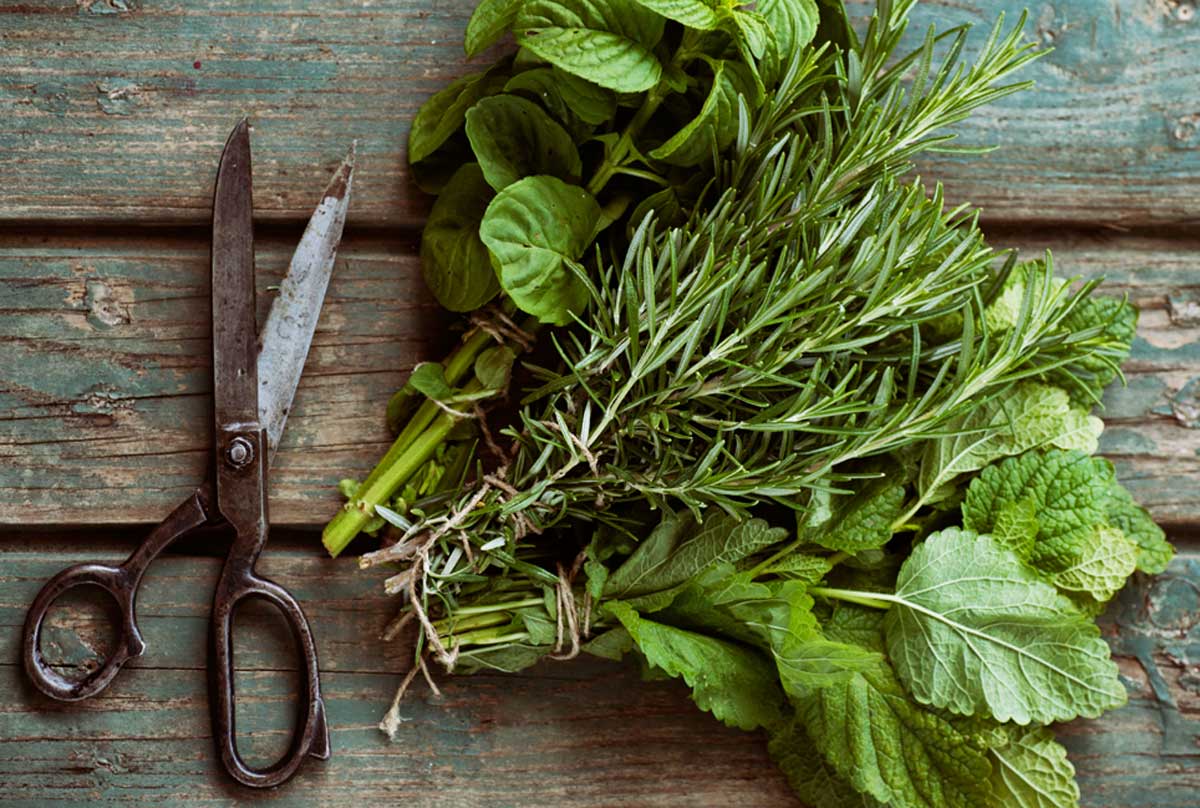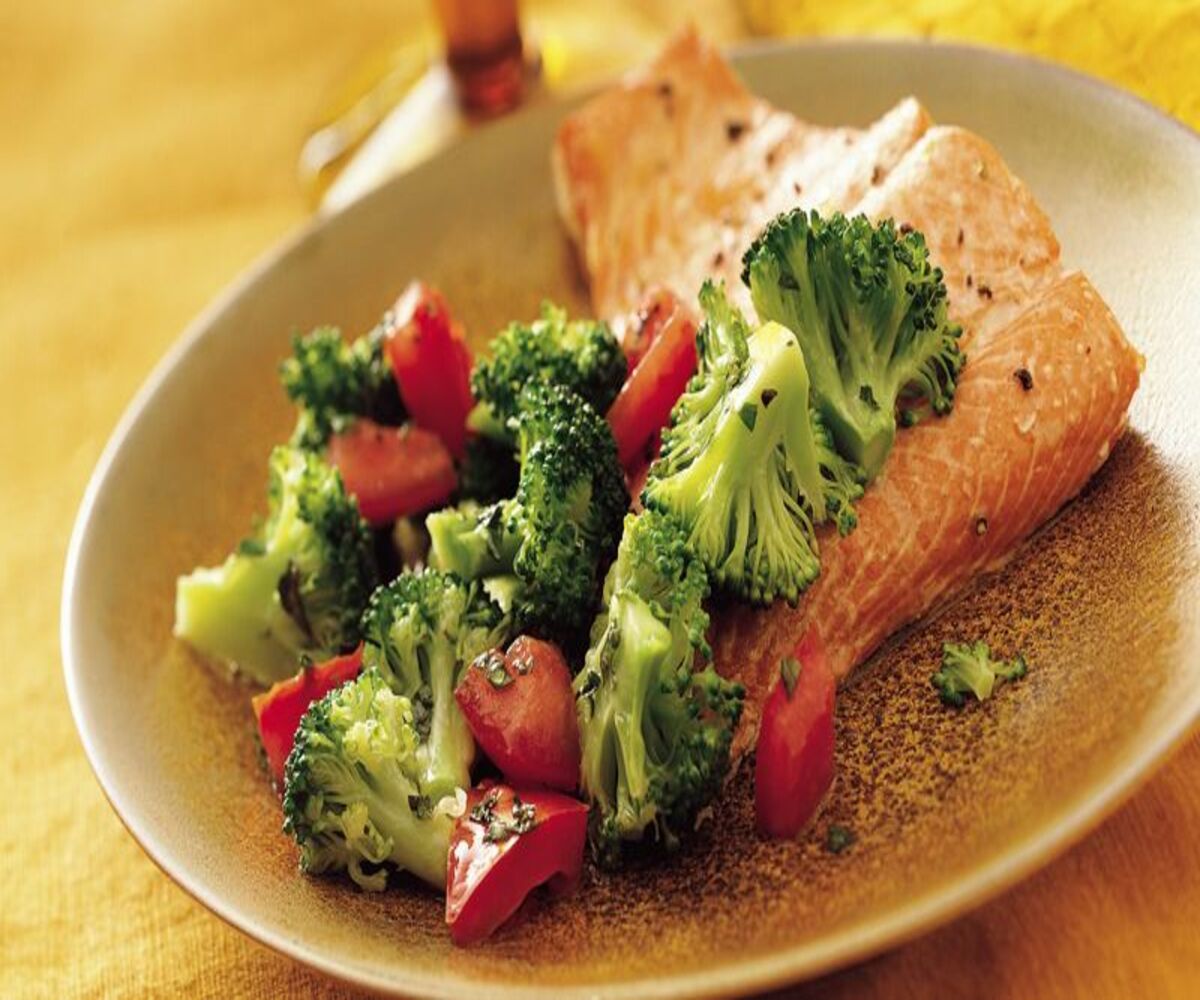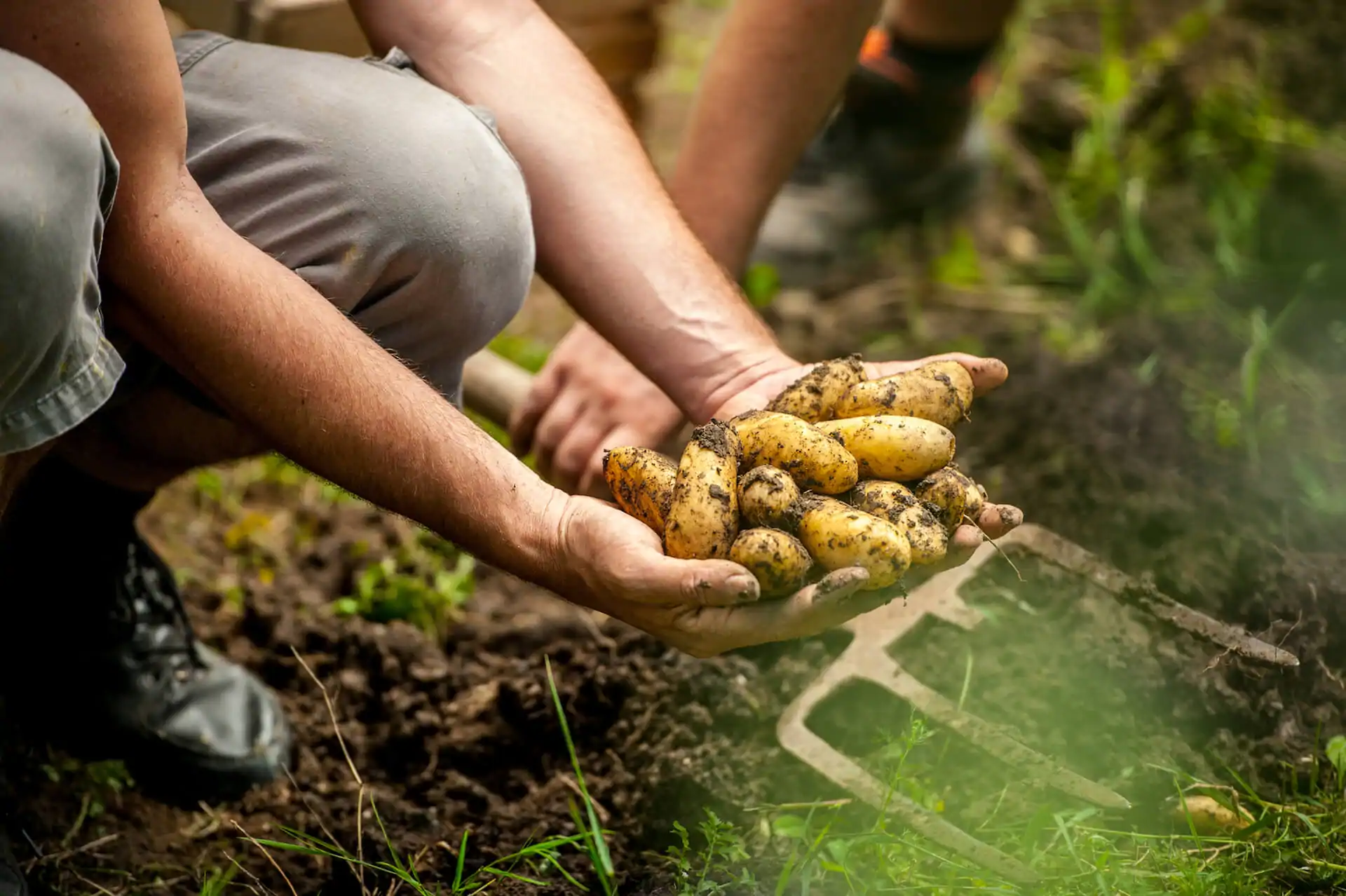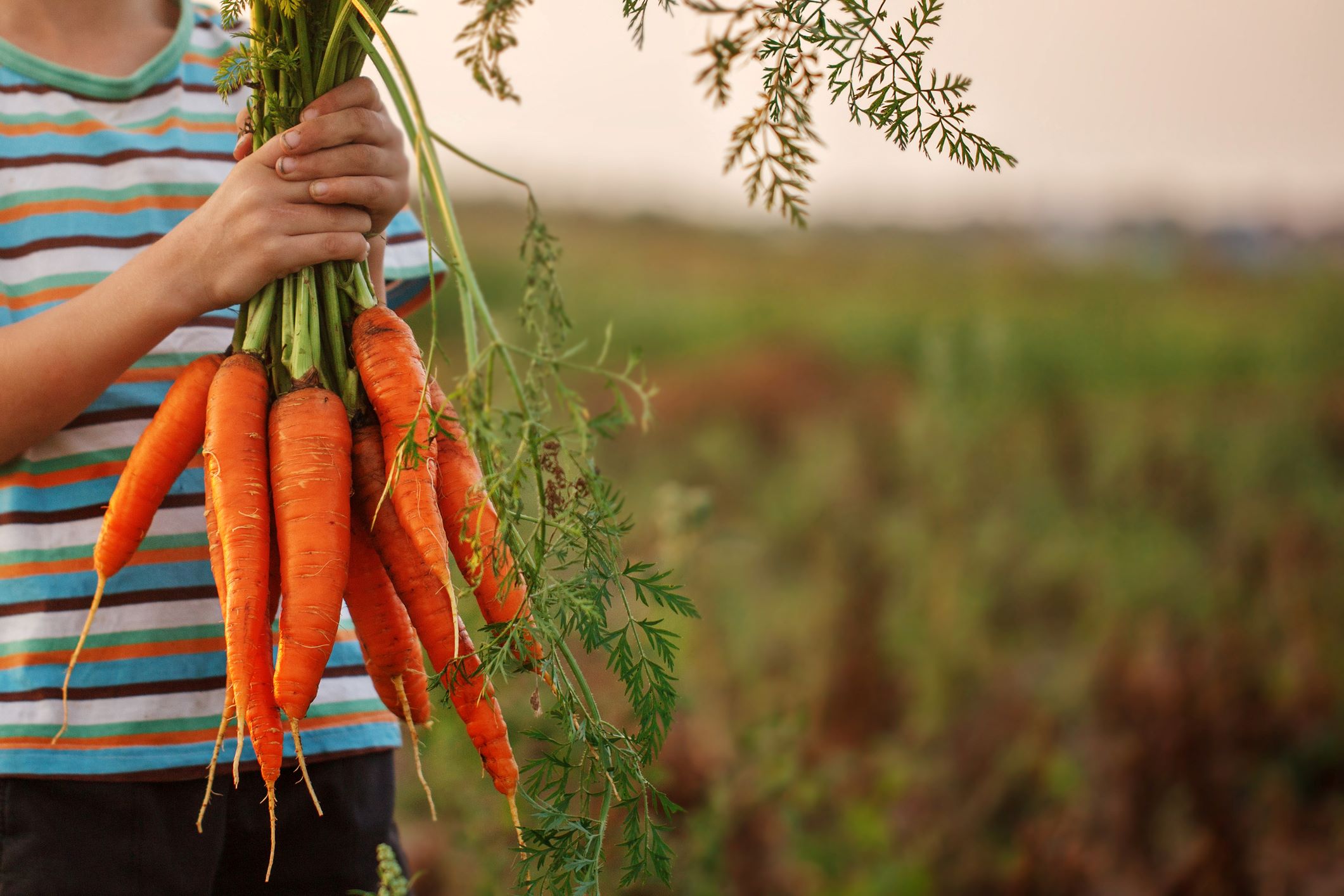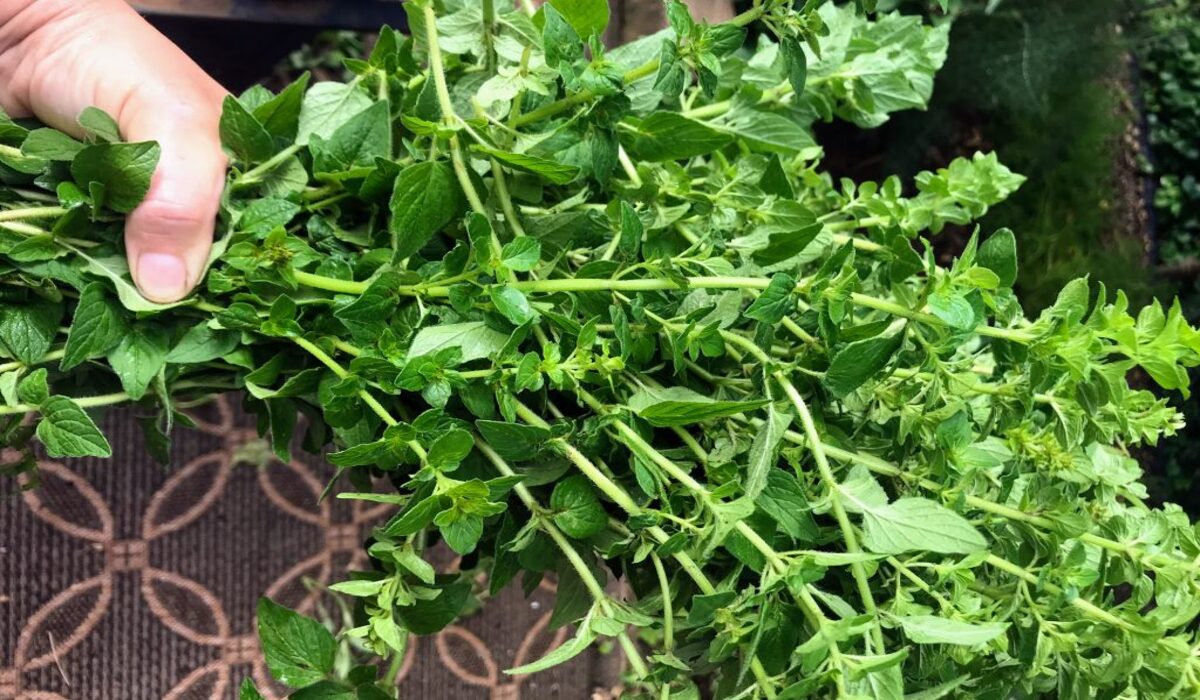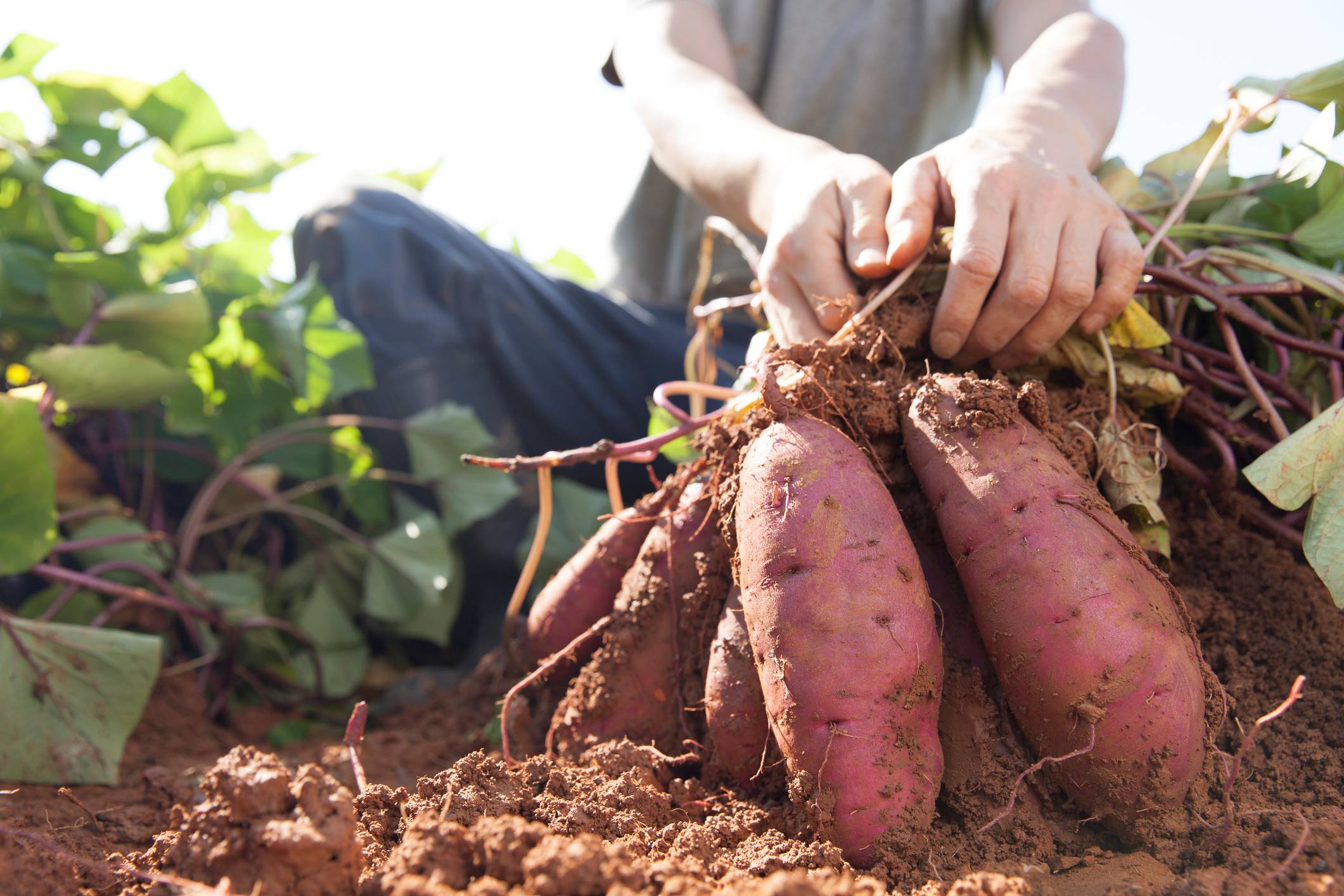Home>Types of Gardening>Edible Gardening>How To Harvest Broccoli Seeds
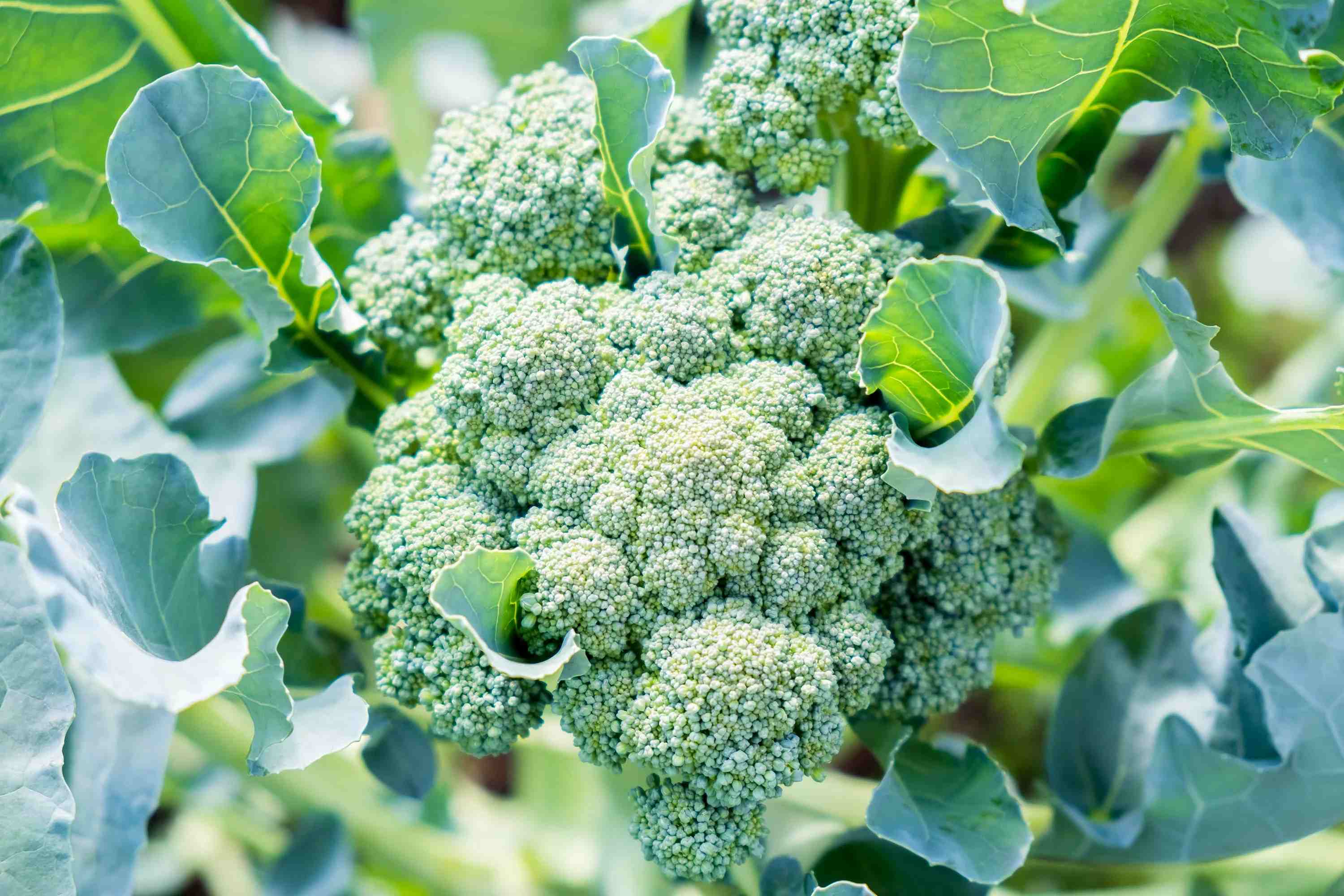

Edible Gardening
How To Harvest Broccoli Seeds
Published: September 14, 2023
Learn how to harvest broccoli seeds in your edible gardening journey. Find out the best techniques and tips for saving and storing these nutritious seeds.
(Many of the links in this article redirect to a specific reviewed product. Your purchase of these products through affiliate links helps to generate commission for Chicagolandgardening.com, at no extra cost. Learn more)
Table of Contents
Introduction
Welcome to the world of edible gardening! Growing your own vegetables can be a rewarding and fulfilling experience, allowing you to enjoy the freshness and taste of homegrown produce. One vegetable that many gardeners love to cultivate is broccoli. Its vibrant green florets are not only delicious and nutritious, but they also offer a unique opportunity for seed harvesting.
Harvesting broccoli seeds not only enables you to save money on buying new seeds every season, but it also gives you the chance to preserve the genetic diversity of your favorite broccoli varieties. By becoming proficient in seed harvesting, you can become self-sufficient and have a continuous supply of broccoli plants for years to come.
Despite its popularity as a vegetable, many gardeners are unsure about how to harvest and store broccoli seeds. That’s why this article will guide you through the process, providing you with valuable tips and insights that will help you succeed in your seed-saving journey.
Before we delve into the details of harvesting broccoli seeds, let’s first gain a basic understanding of what these seeds are and why they are worth saving.
Understanding Broccoli Seeds
Before we dive into the world of seed harvesting, let’s take a moment to understand what broccoli seeds are and why they hold such value for gardeners. Broccoli seeds are the result of the plant’s reproductive process, formed within the small yellow flowers that appear after the broccoli plant matures.
Each broccoli floret you enjoy at the dinner table contains multiple flower buds. If left unpicked, these buds will eventually grow into small yellow flowers. These flowers, when pollinated, develop into seed pods that contain the broccoli seeds. The seeds are tiny, round, and typically light brown in color.
What makes broccoli seeds worth saving and harvesting? Well, for starters, it gives you the opportunity to preserve the characteristics of the specific broccoli variety you’ve grown. By saving the seeds from your healthiest plants, you can ensure that future generations of broccoli will have similar traits, such as taste, texture, size, and disease resistance.
In addition to preserving specific traits, harvesting broccoli seeds also allows you to develop a diverse collection of seeds. This genetic diversity can be vital in the face of changing environmental conditions and pest pressures. Having a wide range of seed varieties gives you the flexibility to adapt your garden to different climates and growing conditions.
Furthermore, saving and sharing seeds from your own garden contributes to the preservation of heirloom and open-pollinated varieties. These are often older, non-hybridized varieties that have unique flavors and characteristics but are not commonly available in seed catalogs and stores. By actively participating in seed harvesting, you become part of a larger community that values biodiversity and sustainable food systems.
Now that you have a better understanding of the importance of broccoli seeds and why they are worth saving, let’s move on to the next step: selecting the right plants for seed harvesting.
Selecting Broccoli Plants for Seed Harvesting
When it comes to selecting broccoli plants for seed harvesting, it’s crucial to choose healthy and robust plants that exhibit desirable traits. These traits can include strong growth, resistance to pests and diseases, and the overall quality of the broccoli produced. By selecting the best plants, you ensure that their offspring will inherit those desirable characteristics.
When choosing plants for seed harvesting, it’s important to select open-pollinated or heirloom varieties. Open-pollinated varieties are those that can be pollinated by insects, wind, or other natural means, leading to seeds that closely resemble the parent plant. On the other hand, hybrid varieties are the result of cross-breeding between different parent plants and may not produce true-to-type seeds.
Start by observing your broccoli plants throughout their growth cycle and take note of any unique or desirable traits. Look for plants that exhibit vigorous growth, have healthy leaves, and show resistance to common pests and diseases. These sturdy and thriving plants are more likely to produce high-quality seeds.
Another factor to consider is the date of maturity. Allow your chosen plants to fully mature, as this ensures that the seeds have developed and are ready for harvesting. Mature broccoli plants will have yellow flowers and seed pods that are starting to dry out.
It’s important to note that if you’re growing multiple varieties of broccoli in close proximity, there is a chance of cross-pollination. To prevent unwanted cross-pollination, isolate different varieties by either spacing them far apart or covering them with protective barriers.
By carefully selecting plants with desirable traits and ensuring proper isolation, you are setting the stage for successful seed harvesting. Next, we will discuss the optimal time to harvest broccoli seeds.
Choosing the Right Time for Seed Harvesting
Knowing when to harvest broccoli seeds is crucial to ensure their viability and long-term success. The timing of seed harvesting depends on the maturity of the seed pods and the drying process. Harvesting too early may result in immature seeds, while waiting too long may lead to seeds being dispersed naturally.
One indicator that it’s time to start harvesting broccoli seeds is the change in color of the seed pods. As the seed pods mature, they turn from green to yellow and eventually dry out. This is a clear sign that the seeds inside are reaching their full maturity.
At this stage, the seed pods should be firm and slightly brittle to the touch. Avoid harvesting the pods if they are still green and soft since the seeds inside may not be fully developed and may not germinate successfully when planted.
Another indicator of seed readiness is the dropping or shattering of the seed pods. As the pods dry out, they may open and release the seeds naturally. To prevent loss of seeds, it’s important to monitor the plants closely and harvest the seed pods before they have a chance to shatter.
To ensure the highest quality and viability of the seeds, it’s best to harvest the pods when they are still intact and the seeds are fully mature but have not been dispersed. This may require checking the plants regularly and harvesting the seed pods as soon as they reach this stage.
Keep in mind that the exact timing for seed harvesting may vary depending on the climate and growing conditions in your area. It’s important to pay attention to the specific characteristics and behavior of your broccoli plants to determine the optimal time for seed harvesting.
Now that you know how to identify the right time for seed harvesting, let’s move on to the steps involved in preparing the plant for this process.
Preparing the Plant for Seed Harvesting
Before you begin the actual process of harvesting broccoli seeds, it’s essential to prepare the plant to ensure the best possible outcome. Proper preparation helps in preserving the quality and viability of the seeds you will be collecting.
Start by ceasing any regular harvest of broccoli florets once you have identified the plants you will be saving seeds from. Allowing the plant to divert its energy towards seed production rather than continuous harvest will enhance the seed development process.
Next, remove any yellowing or dying leaves from the plant. This helps in creating a healthier environment for the seed pods by minimizing the risk of disease or pests that could compromise the seed quality.
If the weather in your region is expected to be wet or rainy, consider providing overhead cover or using row covers to protect the plant. Excessive moisture can promote fungal growth and reduce seed viability. Keeping the plant dry during the seed maturation period will ensure better results.
To prevent cross-pollination between different broccoli varieties, you should bag or cover the seed pods. This can be done using fine mesh bags or lightweight fabric, ensuring that insects cannot access the flowers and thereby avoiding unwanted pollination. Secure the bags or covers around the flower heads, taking care not to damage the plant or the developing seed pods.
By taking these preparatory steps, you are setting the stage for a successful seed harvesting process. Once the plant is prepared, it’s time to move on to the exciting part – harvesting the broccoli seeds.
Harvesting Broccoli Seeds
Harvesting broccoli seeds is an exciting process that allows you to collect the fruits of your labor and ensure a continuous supply of this nutritious vegetable in your garden. To successfully harvest broccoli seeds, follow these steps:
- Begin by checking the seed pods for dryness. Gently squeeze the pods to see if they are brittle. If they feel firm and pliable, allow them more time to dry. Only harvest the pods when they are fully dry and have turned a yellow or brown color.
- Using scissors or pruners, carefully cut the seed pods from the plant. Ensure that you leave a small stem attached to each pod, as this will make the cleaning process easier.
- Collect the harvested seed pods in a clean and dry container. A paper bag or envelope works well for this purpose, as it allows for airflow and prevents moisture build-up that can lead to mold or rot.
- Label the container with the variety and date of harvesting. This information is essential for tracking and organizing your seed collection.
- Once you have collected all the seed pods, gently crush and rub them between your hands to release the seeds. Be careful not to crush them too forcefully, as this can damage the seeds.
- Separate the seeds from the remaining plant material by winnowing. This can be done by pouring the seeds from one container to another in front of a gentle breeze or near a fan. The lighter debris will blow away, leaving you with mostly clean seeds.
- Inspect the seeds for any remaining debris or plant matter. You can do this by spreading them out on a clean surface and visually inspecting for any impurities. Remove any remaining debris by hand or with tweezers.
- Allow the clean seeds to thoroughly dry before storing them. This can take anywhere from a few days to a week, depending on the humidity in your area.
Once the seeds are completely dry, transfer them to an airtight container or a sealed envelope. Store the container in a cool, dark, and dry place to maintain seed viability.
Now that you’ve successfully harvested and processed your broccoli seeds, it’s time to learn how to clean and store them for future use.
Cleaning and Storing Broccoli Seeds
After harvesting and separating the broccoli seeds from the plant material, it’s important to clean and properly store them to ensure their longevity and viability. Cleaning the seeds removes any remaining debris or potential contaminants, while proper storage conditions maintain their quality for future planting. Here are the steps to clean and store broccoli seeds:
- Spread the harvested seeds on a clean, dry surface. Use your fingers or a small brush to gently separate any remaining debris from the seeds. This can include pieces of chaff, plant matter, or other unwanted materials.
- You can further clean the seeds by placing them in a fine mesh sieve or strainer and running them under cold water. Gently agitate the seeds to help dislodge any remaining debris. Avoid using harsh chemicals or soaps, as this can potentially damage the seeds.
- Once the seeds are cleaned, transfer them onto a paper towel or a clean, dry cloth to remove excess moisture. Allow the seeds to air dry completely before proceeding to the next step. This can take a few days, depending on the humidity in your area.
- Label a small envelope or airtight container with the variety and date of harvesting. Place the dried seeds into the container, ensuring there is no excess moisture that could lead to mold or rot.
- Store the container in a cool, dark, and dry place. A refrigerator or a freezer can be a suitable storage option, as long as the seeds are kept in a moisture-proof package or container. The ideal temperature for broccoli seed storage is around 32 to 41 degrees Fahrenheit (0 to 5 degrees Celsius).
- Regularly check the stored seeds for any signs of moisture, mold, or insect damage. Discard any seeds that appear discolored or show signs of deterioration.
Remember to keep track of the variety and age of your stored seeds. Over time, the viability of the seeds may decline, so it’s important to use and replenish your supply regularly.
By cleaning and storing your broccoli seeds properly, you can ensure their quality and viability for future planting seasons. With your seeds safely stored, you can look forward to another successful harvest and continue to enjoy the fruits of your gardening efforts.
Conclusion
Harvesting broccoli seeds is a rewarding endeavor that allows you to save money, preserve genetic diversity, and actively participate in sustainable gardening practices. By following the steps outlined in this article, you can successfully harvest, clean, and store broccoli seeds for future planting.
Understanding the nature of broccoli seeds and their value in preserving specific traits and genetic diversity is the first step towards successful seed harvesting. Selecting healthy plants with desirable characteristics and ensuring proper isolation are crucial for obtaining high-quality seeds.
Choosing the right time for seed harvesting is a critical factor in ensuring seed viability. Harvesting the seed pods when they are fully dry and before they have a chance to naturally disperse ensures the best results.
Before harvesting, it’s important to prepare the plant by ceasing regular harvests, removing dying leaves, and protecting it from excess moisture or cross-pollination. These steps create an optimal environment for seed development.
Once the seeds are harvested, they need to be cleaned and properly stored. Removing debris and excess moisture ensures seed longevity. Storing the seeds in a cool, dark, and dry place maintains their quality and viability for future planting.
By becoming proficient in seed harvesting, you can have a continuous supply of broccoli plants and contribute to the preservation of open-pollinated and heirloom varieties. With each successful harvest, you expand your seed collection and play a role in biodiversity conservation.
So, roll up your sleeves, put your gardening hat on, and embark on the journey of harvesting broccoli seeds. Enjoy the process, learn from each harvest, and savor the satisfaction of being a self-sufficient gardener.
